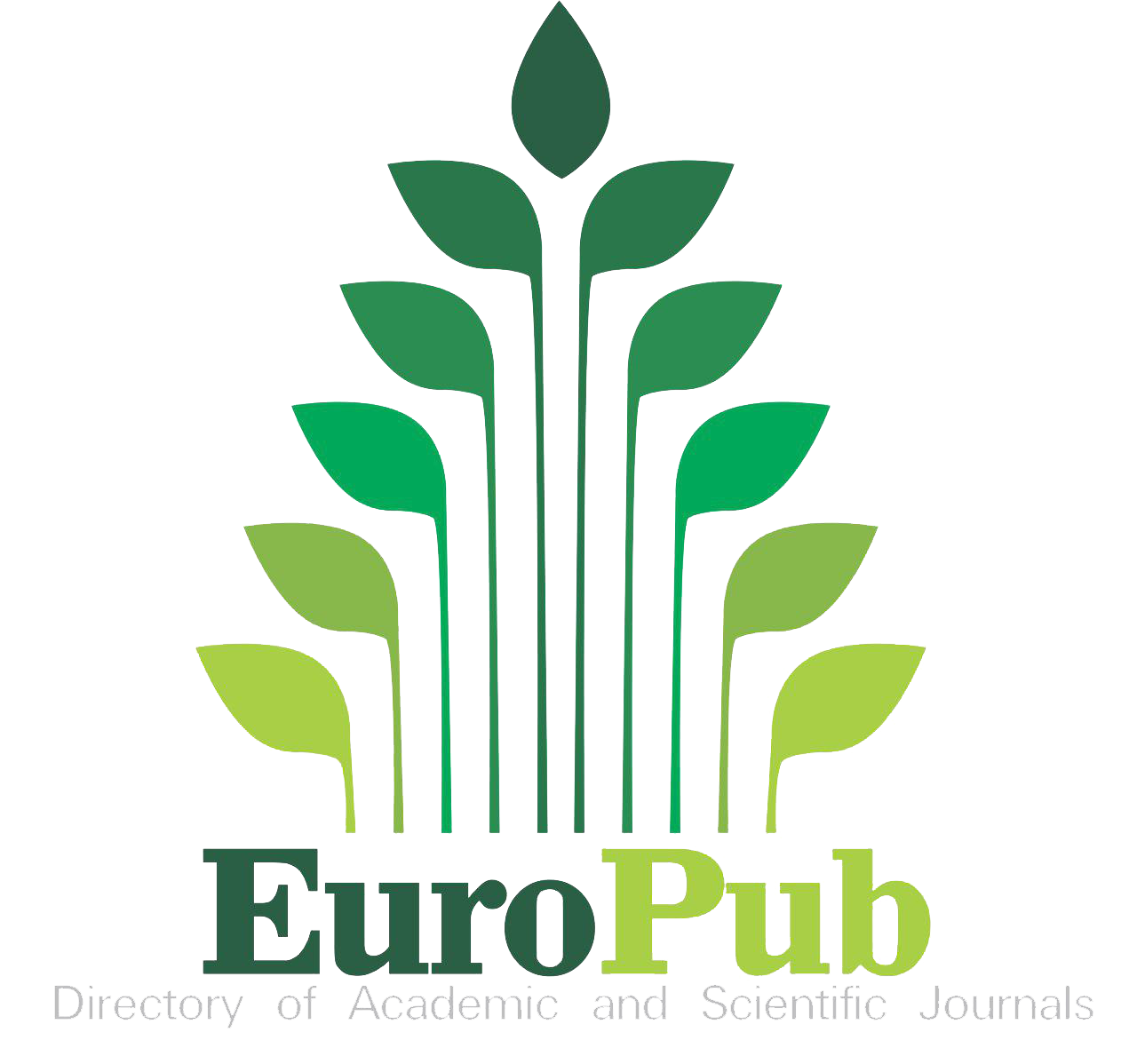IDENTIFYING THE PRIORITIES OF OPEN INNOVATION STRATEGIES THROUGH THE DUAL CYCLE STRATEGY APPROACH IN CHINA'S NEW ECONOMIC DIPLOMACY IN LINE WITH THE ENTREPRENEURSHIP OPPORTUNITIES OF THE COUNTRY'S INDUSTRIES
DOI:
https://doi.org/10.69557/ujrra.v4i2.153Abstract
All the activities and measures related to the discovery of opportunities and the establishment of organizations for using these opportunities are of special importance. This study reviews the literature on the innovation system and emphasizes different theories, frameworks, and models regarding the innovation system. In addition, it focuses on Henry Chesbrough's theory about the open innovation approach. This study attempts to explain all these theories for determining the evolution of open innovation theories. Therefore, this study aims to determine the concept of open innovation and its types of strategies, as well as the priority of using open innovation strategies with a dual cycle strategy approach in China's new economic diplomacy in line with entrepreneurship opportunities. The statistical population of the study includes 70 managers, researchers, and experts working in innovative companies. After determining Cronbach's alpha coefficient, the questionnaires were sent to the entire statistical population and 60 final questionnaires were used in the analysis. Friedman's test was used to prioritize open innovation strategies. Data was analyzed using SPSS software. Sub-hypotheses using other experts based on Friedman's test were prioritized. Cronbach's alpha of all the constructs was higher than 0.7, the validity and reliability of the constructs were confirmed, and the significance level of less than 0.5 was accepted. According to the Friedman test, the prioritization of the constructs includes: 1) using academic research, 2) finding the weak points of the companies' business, 3) strengthening internal research and development with external knowledge and experience, 4) drawing an innovation roadmap, 5 promotion of new business, 6) monitoring innovation developments at the national and global level, 7) studying external technologies using external experts, 8) finding the best business model for internal innovation, 9) exploiting of the government's support policy (legal-financial) of open innovation, 10) strategic partnerships with other capable companies to strengthen the innovation process. The order of priority of effective strategies with their coefficients for improving the business situation and the existing situation for constructs is as follows 1) using academic research, 2) finding the weak points of the companies' business, 3) strengthening internal research and development with external knowledge and experience, 4) drawing an innovation roadmap, 5) promotion of new business.
Downloads
Published
How to Cite
Issue
Section
License

This work is licensed under a Creative Commons Attribution 4.0 International License.
This is an Open Access article distributed under the terms of the Attribution 4.0 International License [CC BY 4.0], which allows reusers to distribute, remix, adapt, and build upon the material in any medium or format, so long as attribution is given to the creator.




